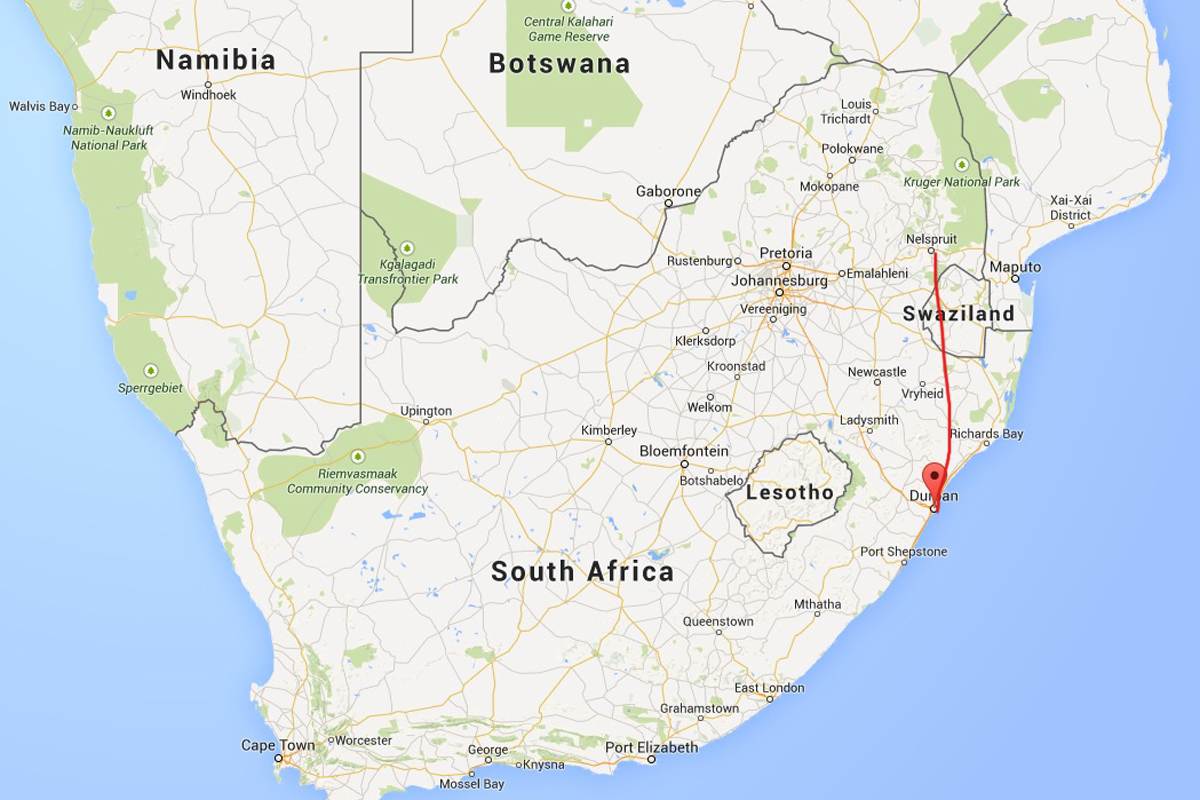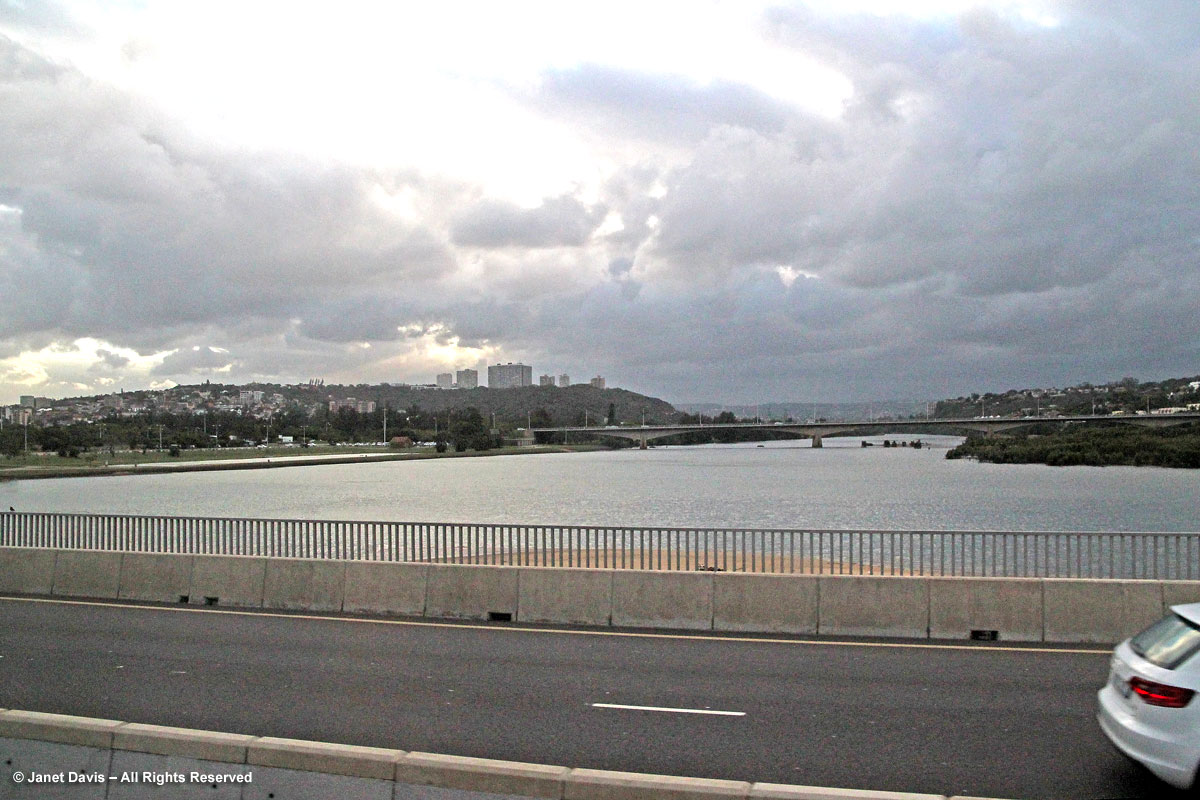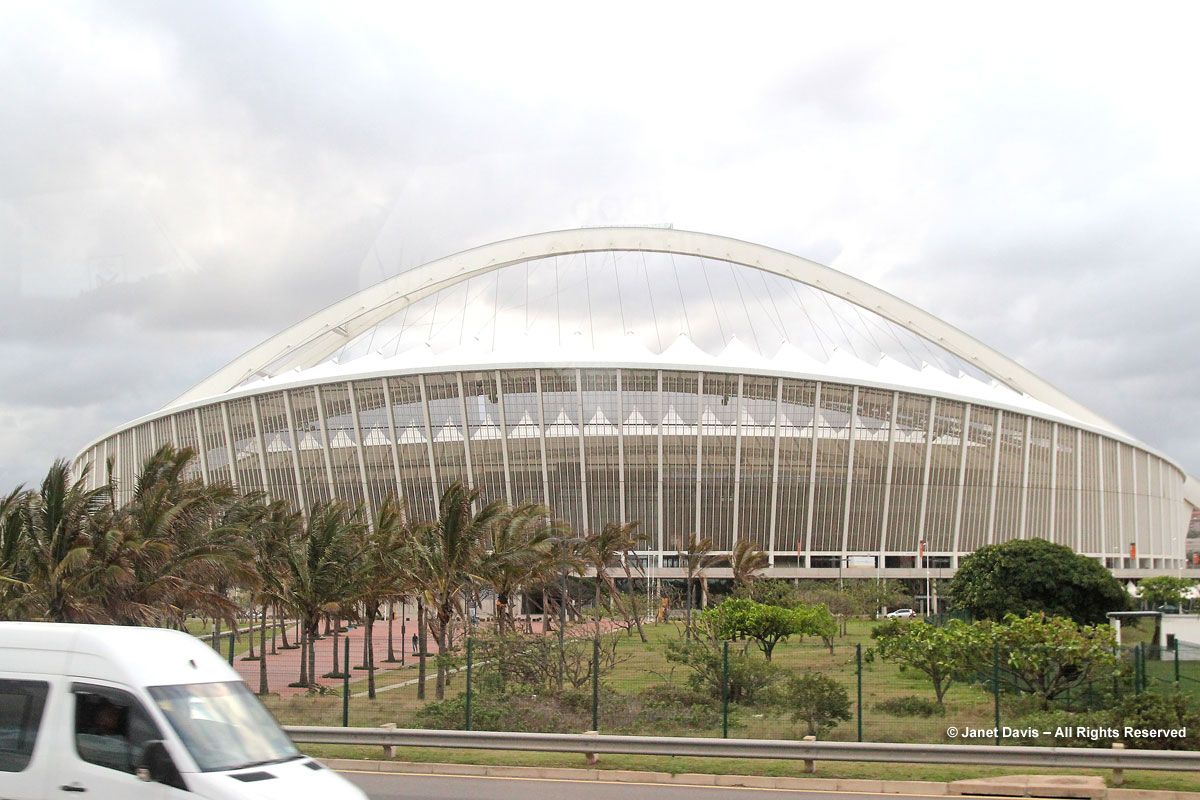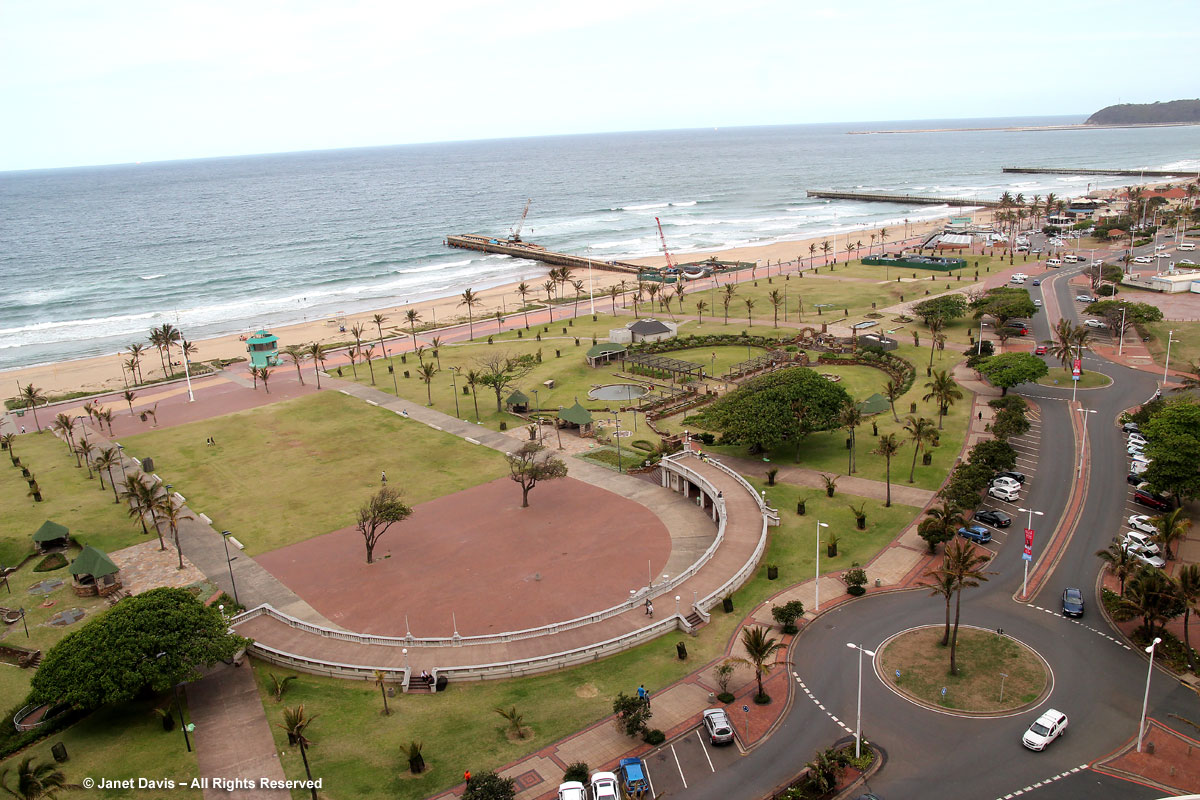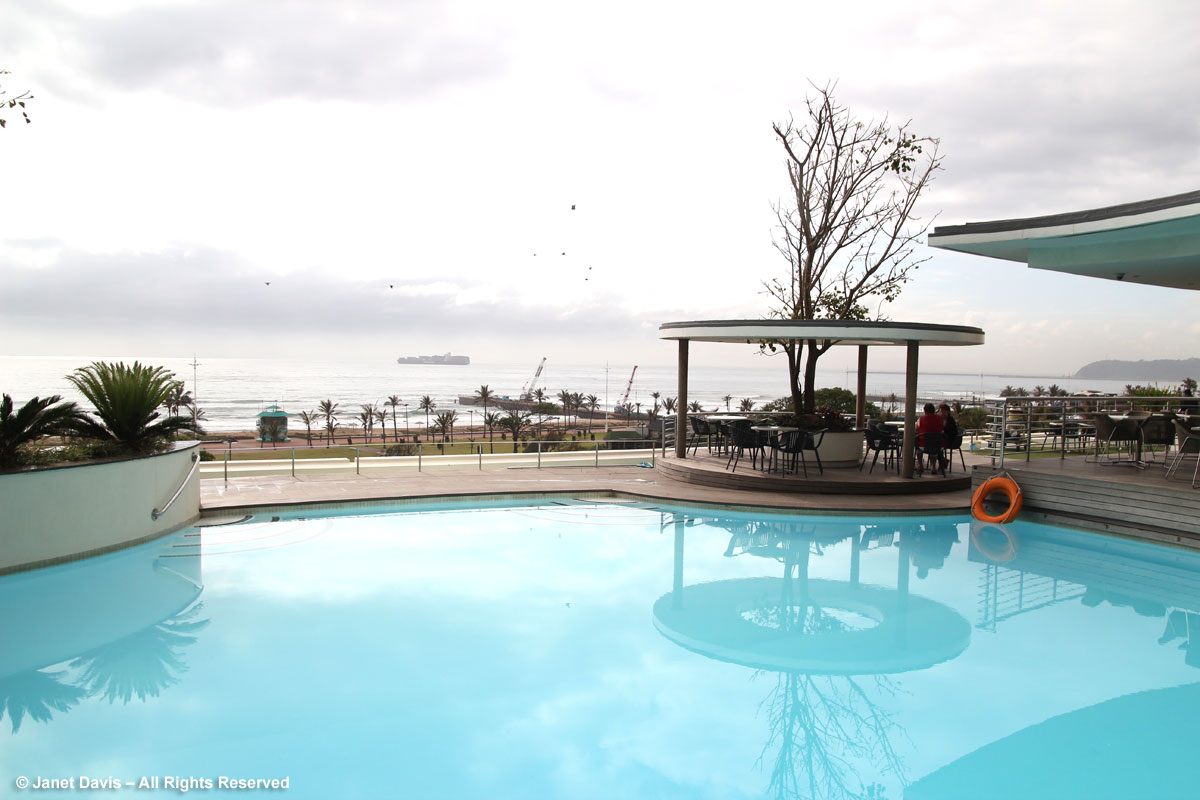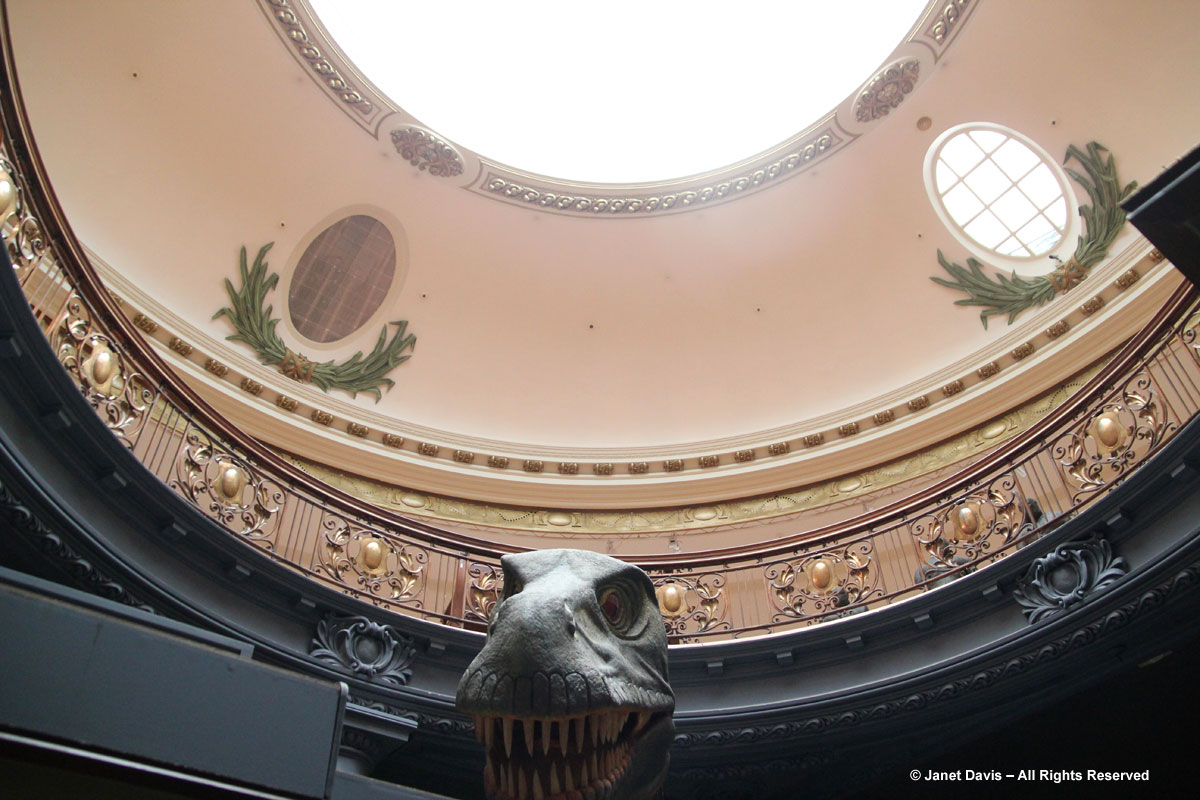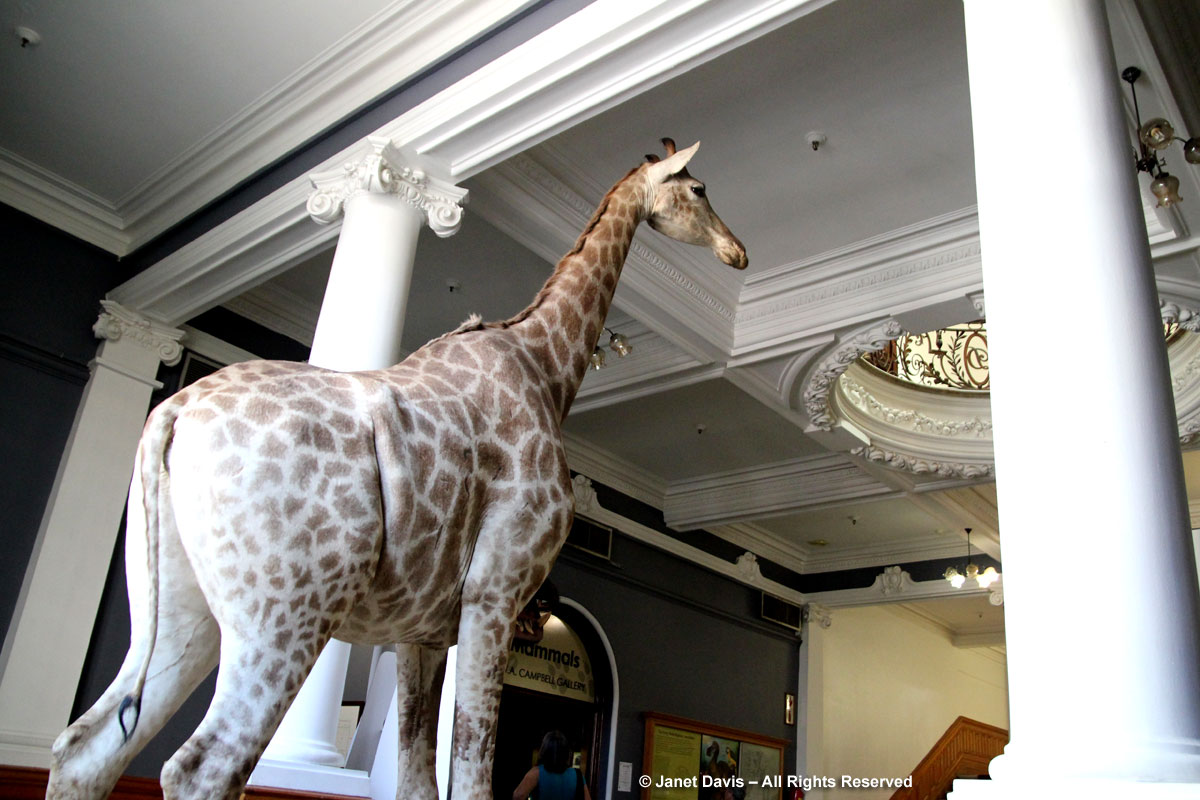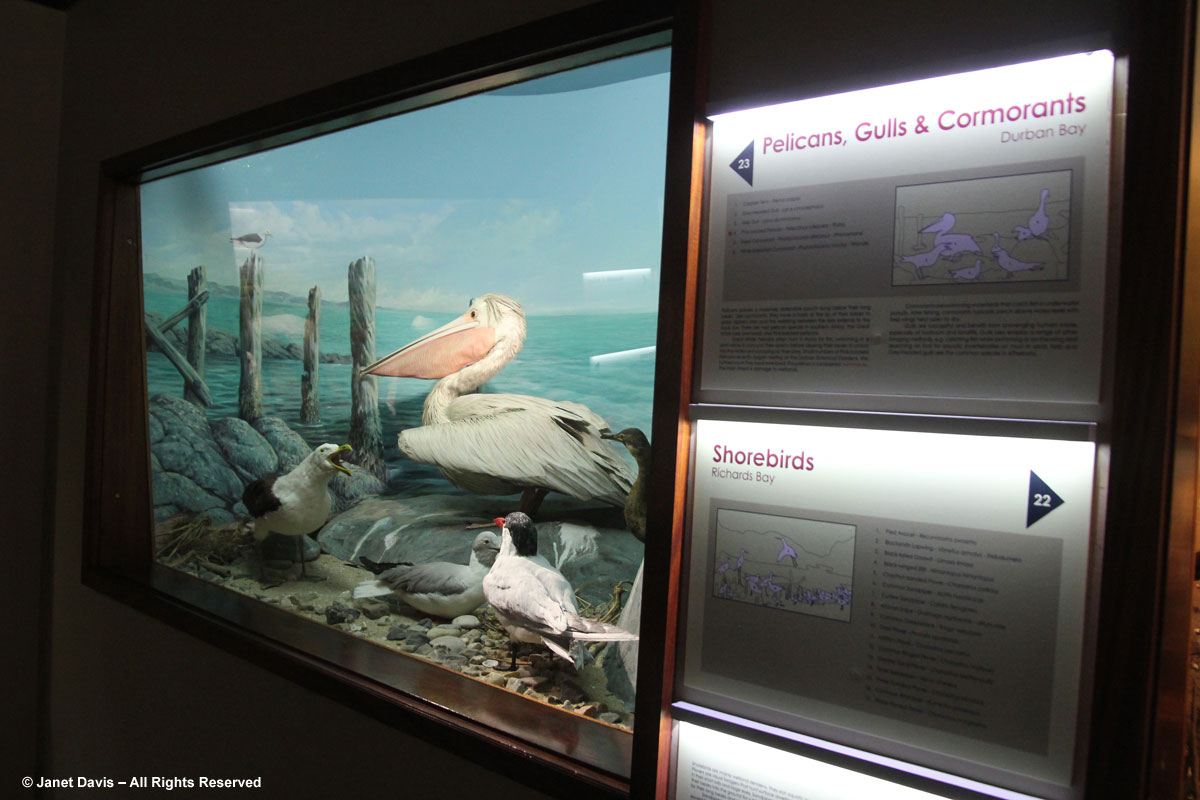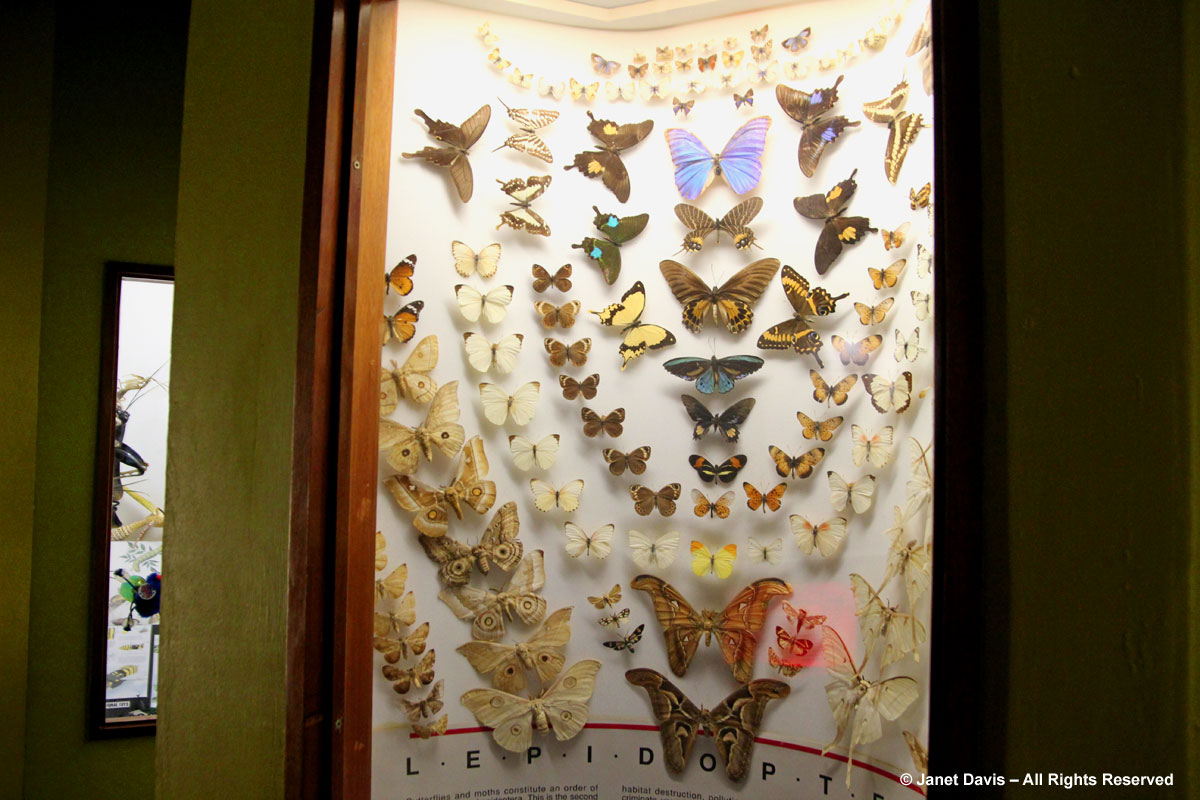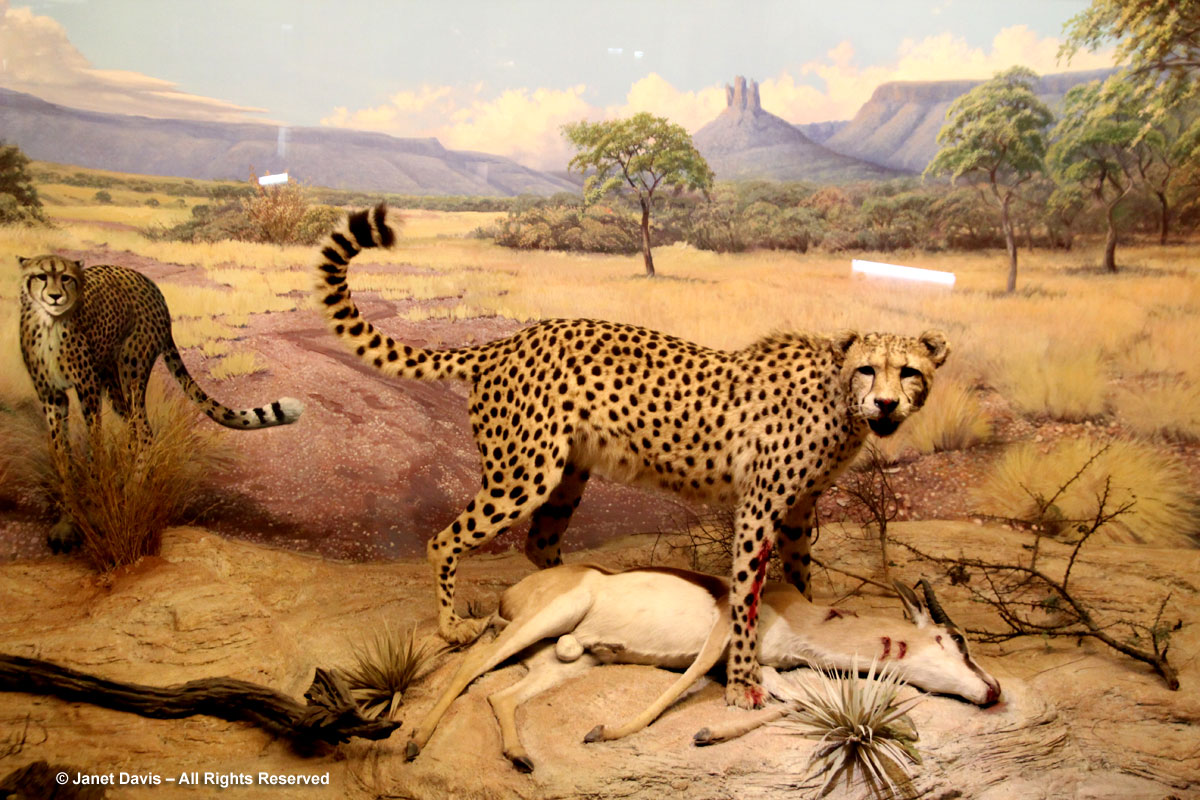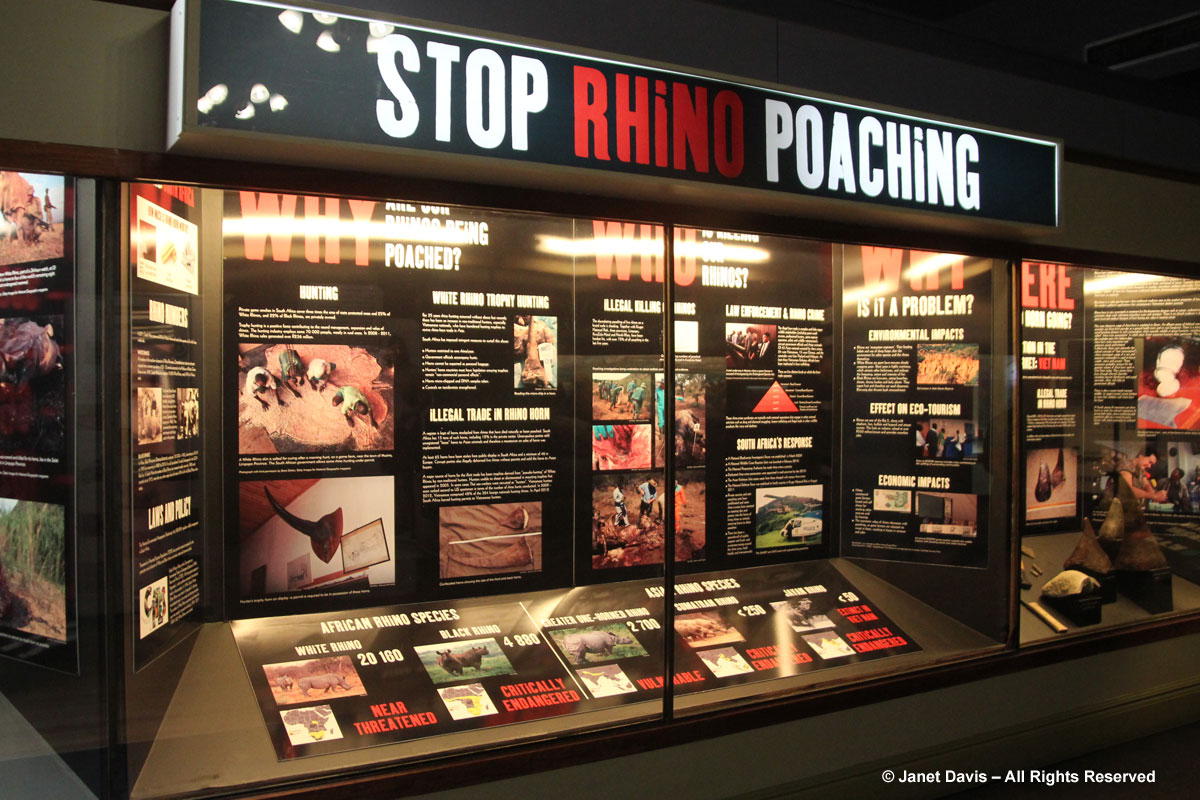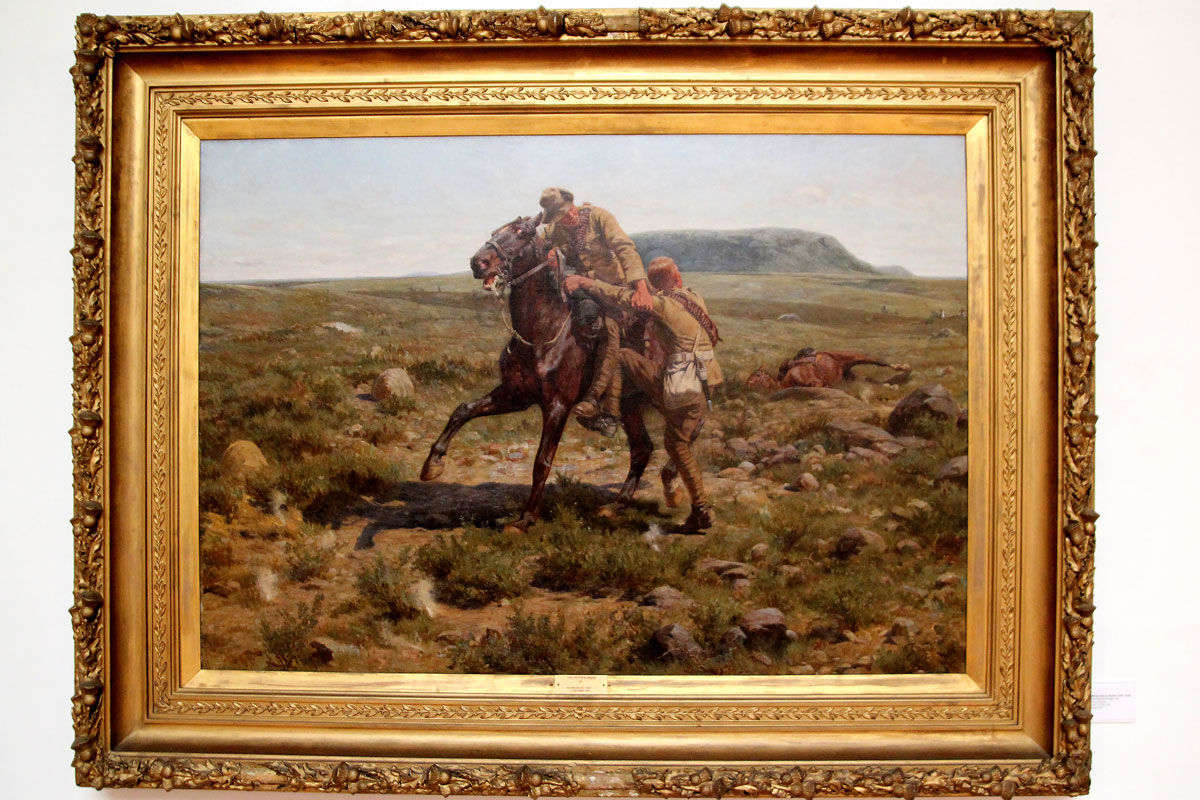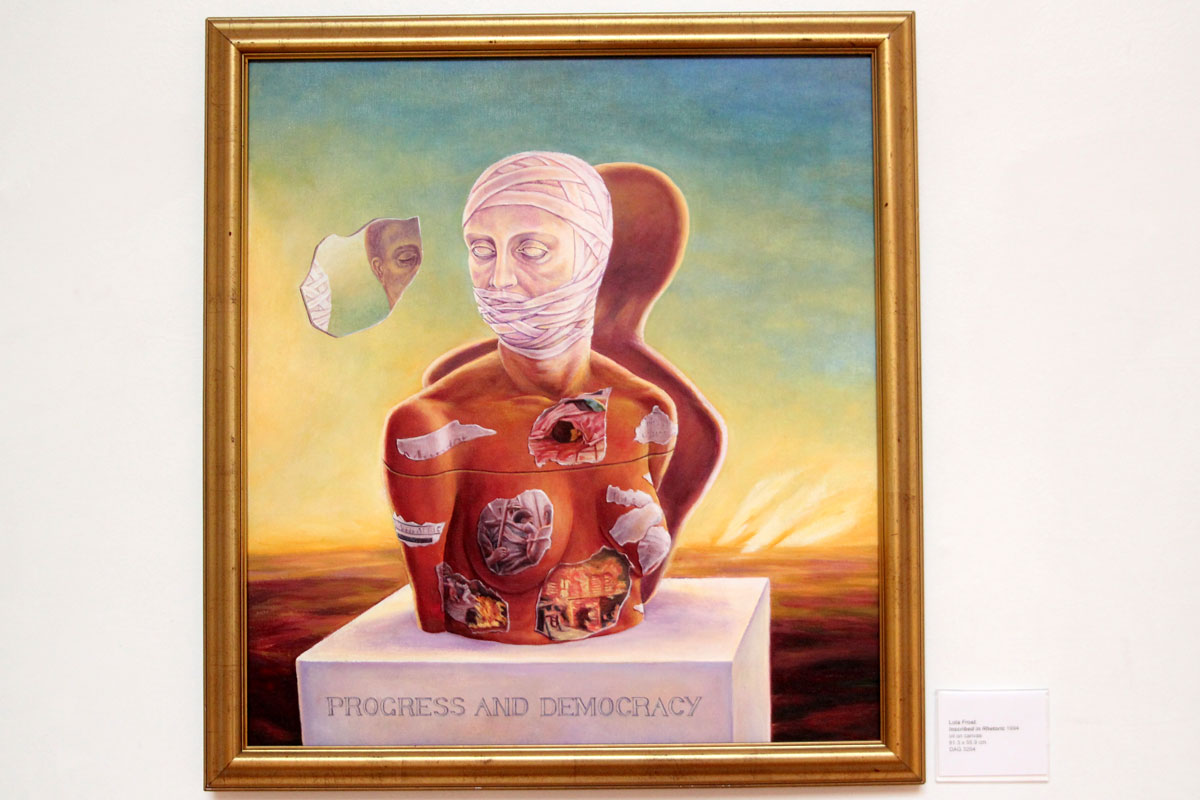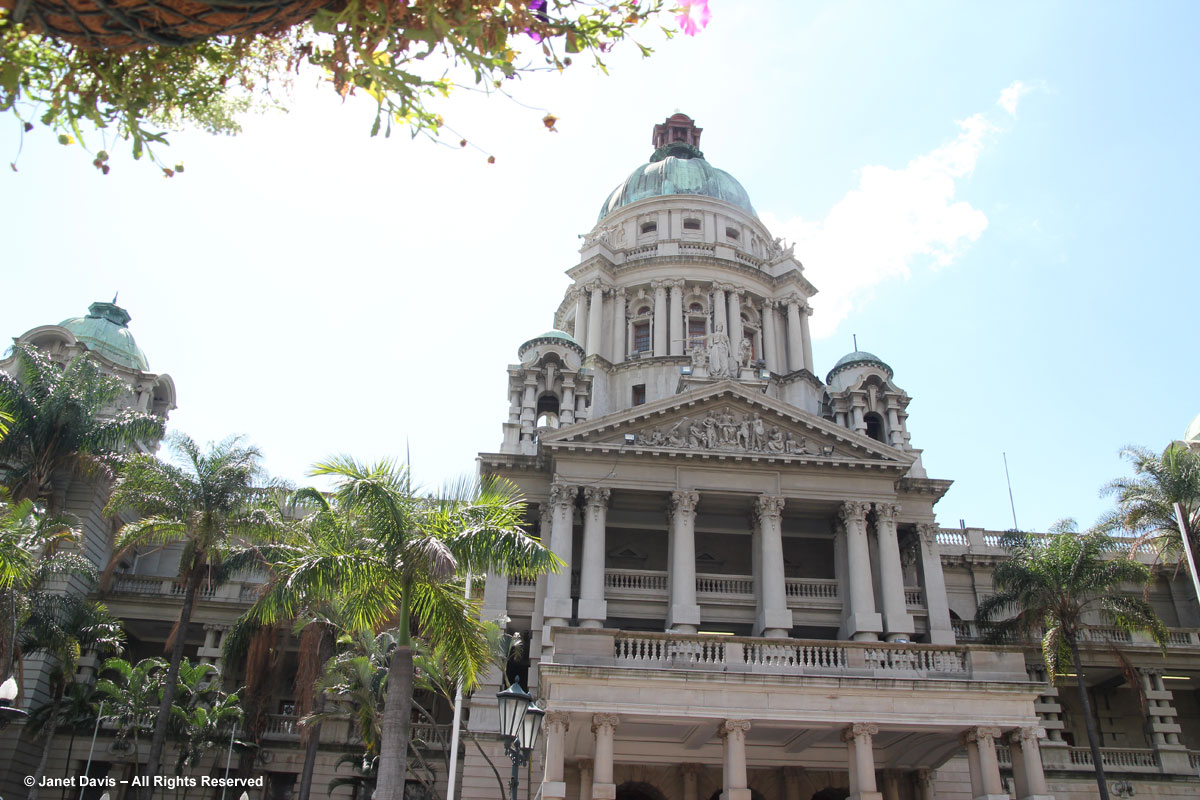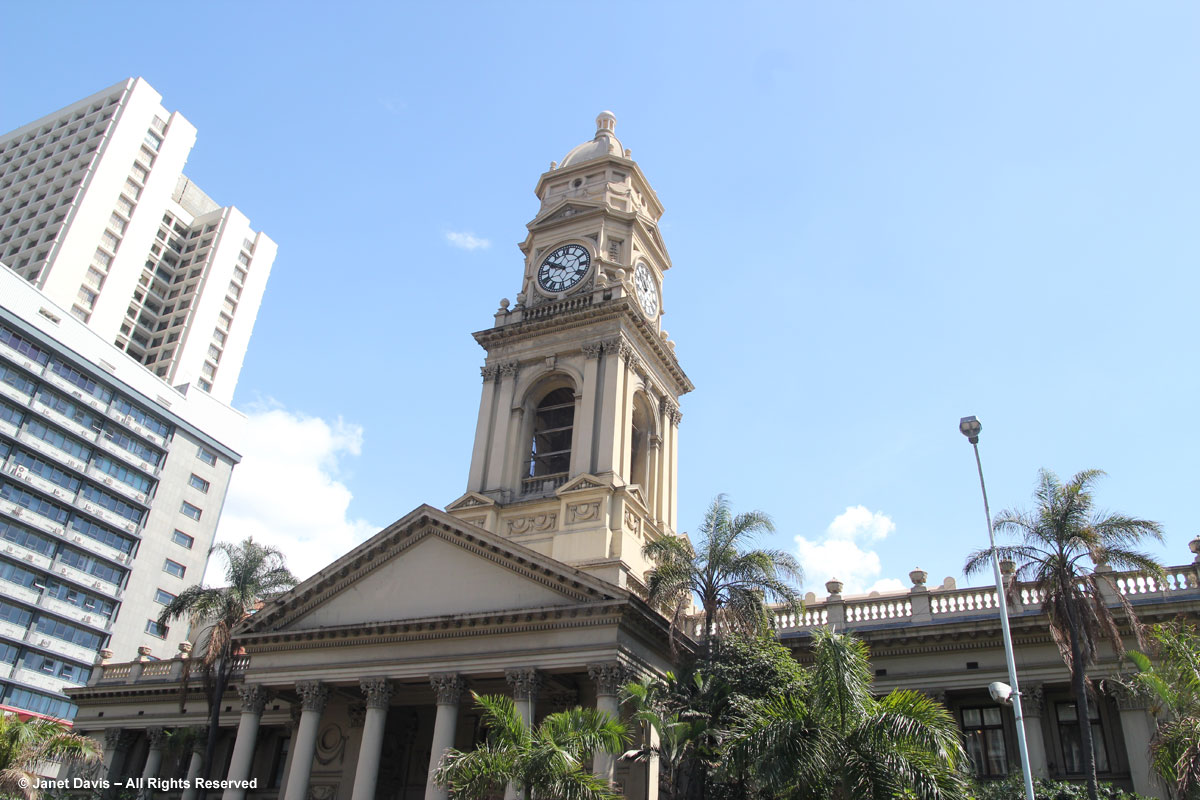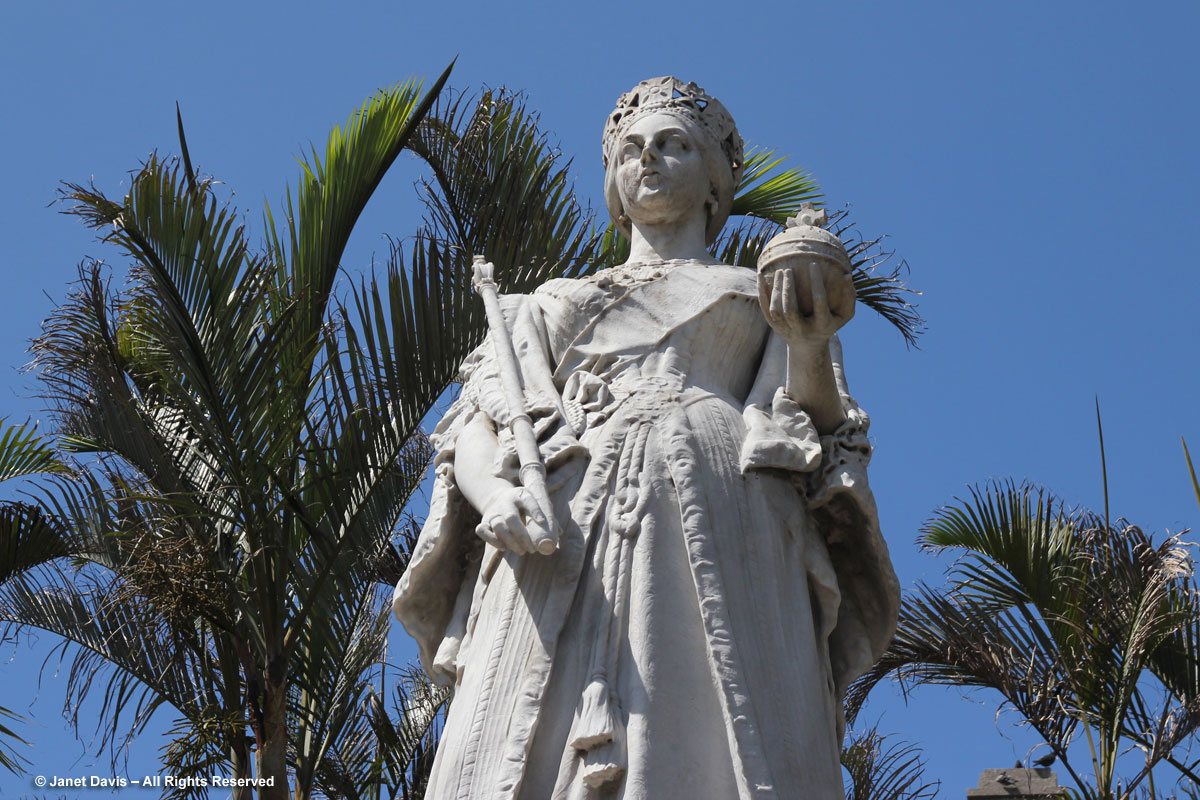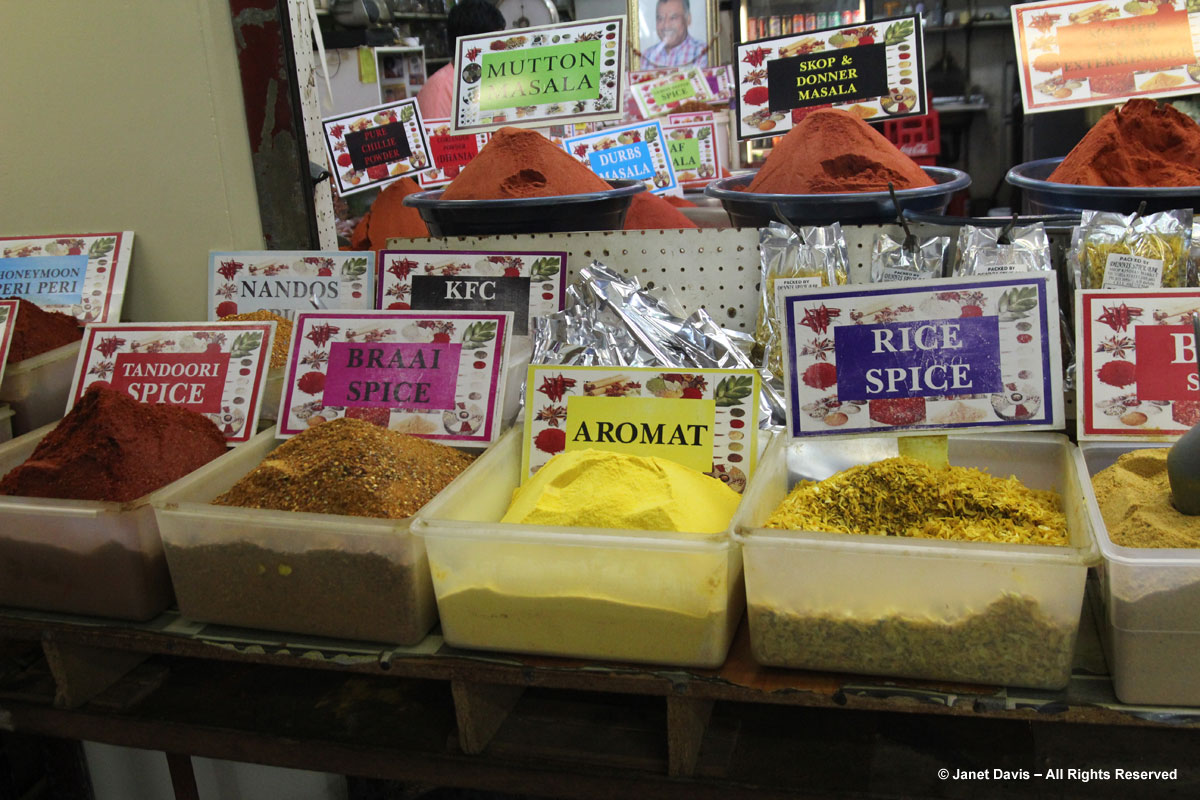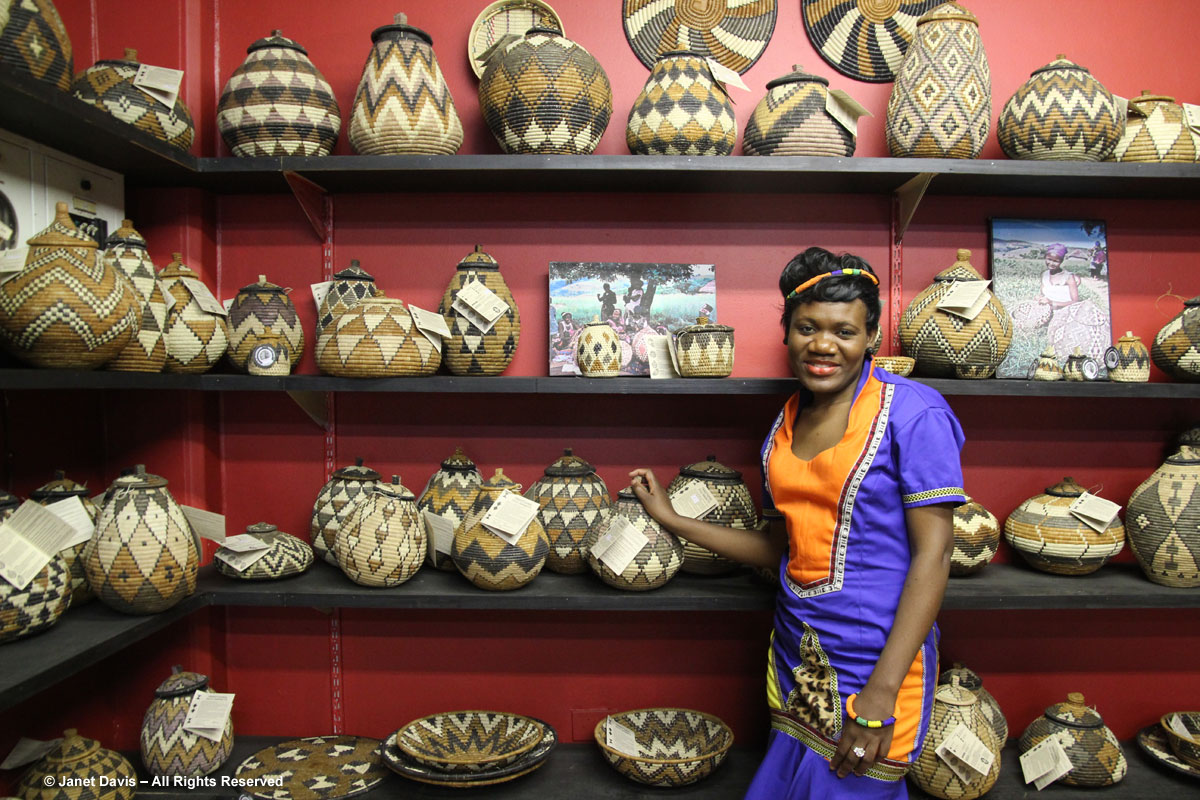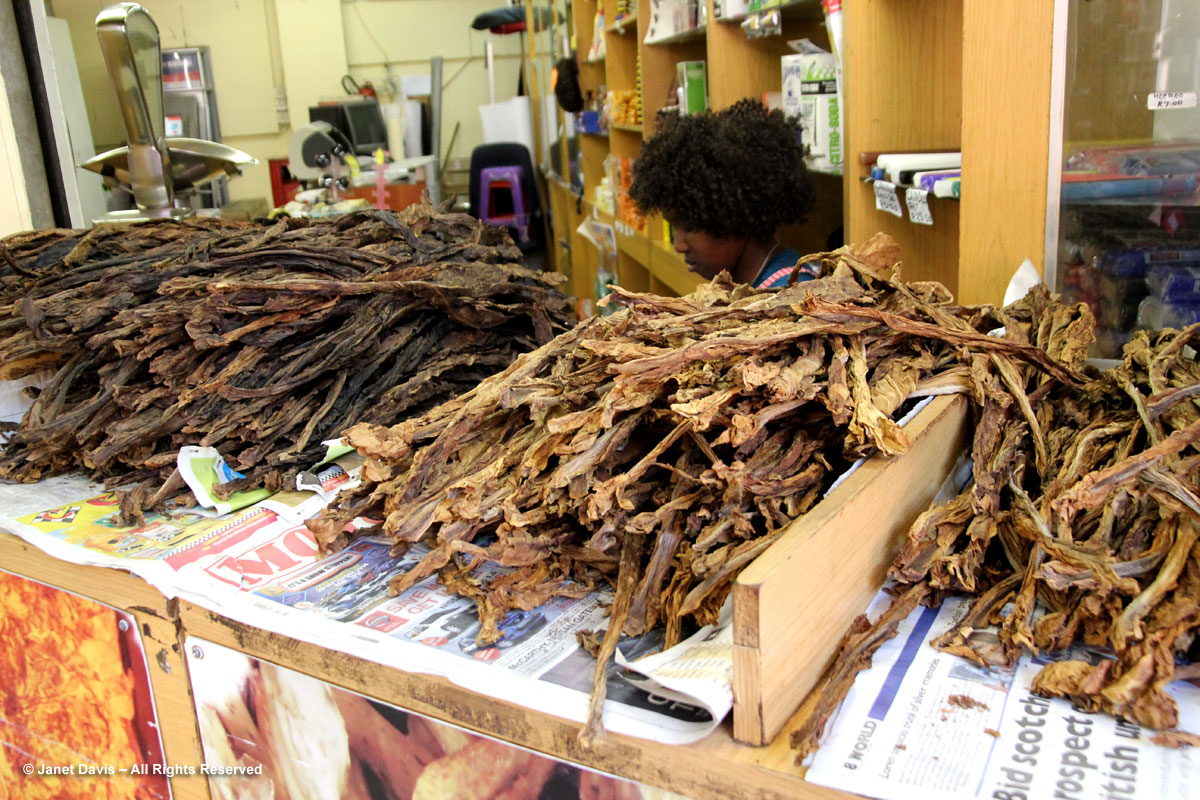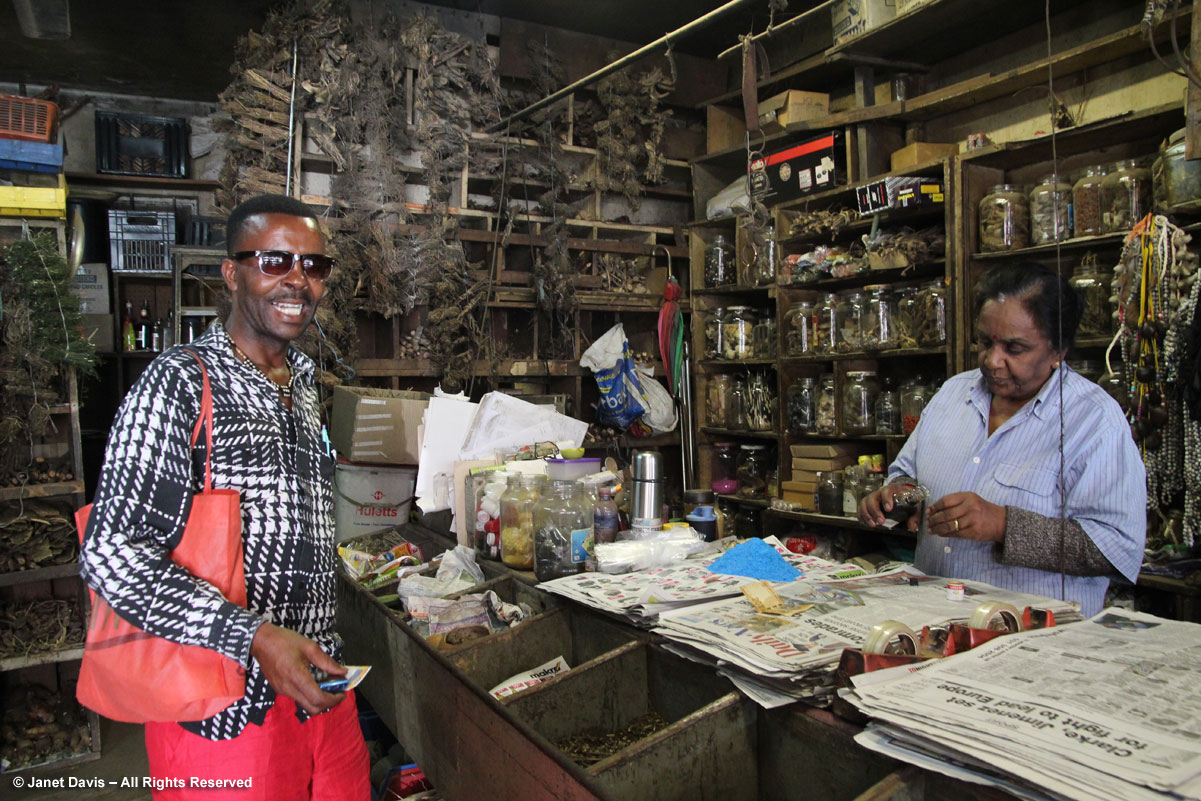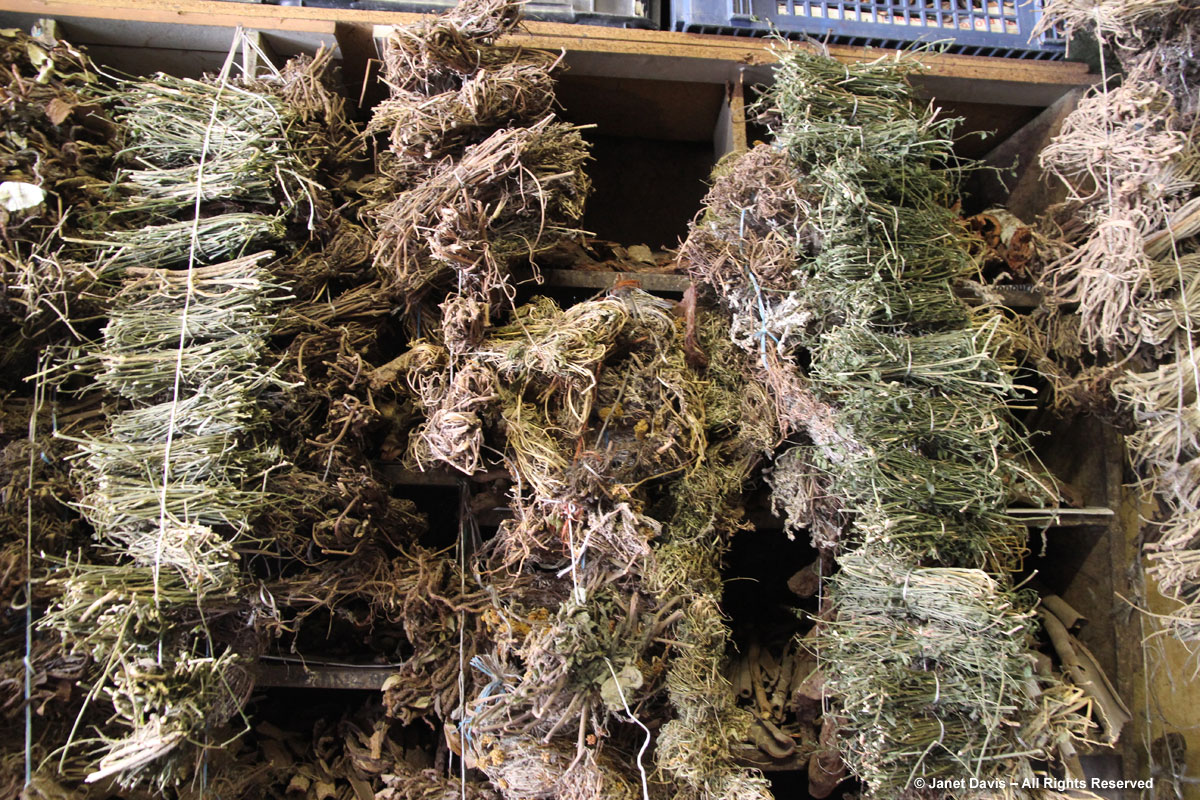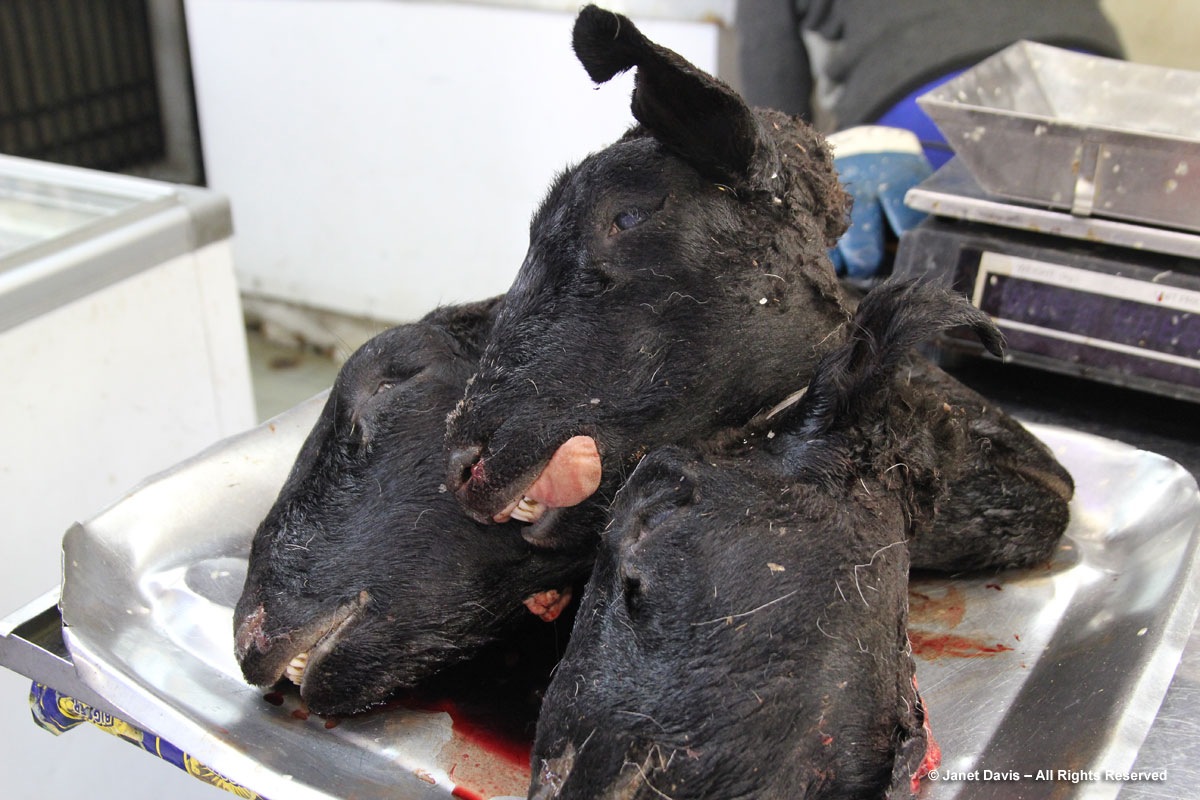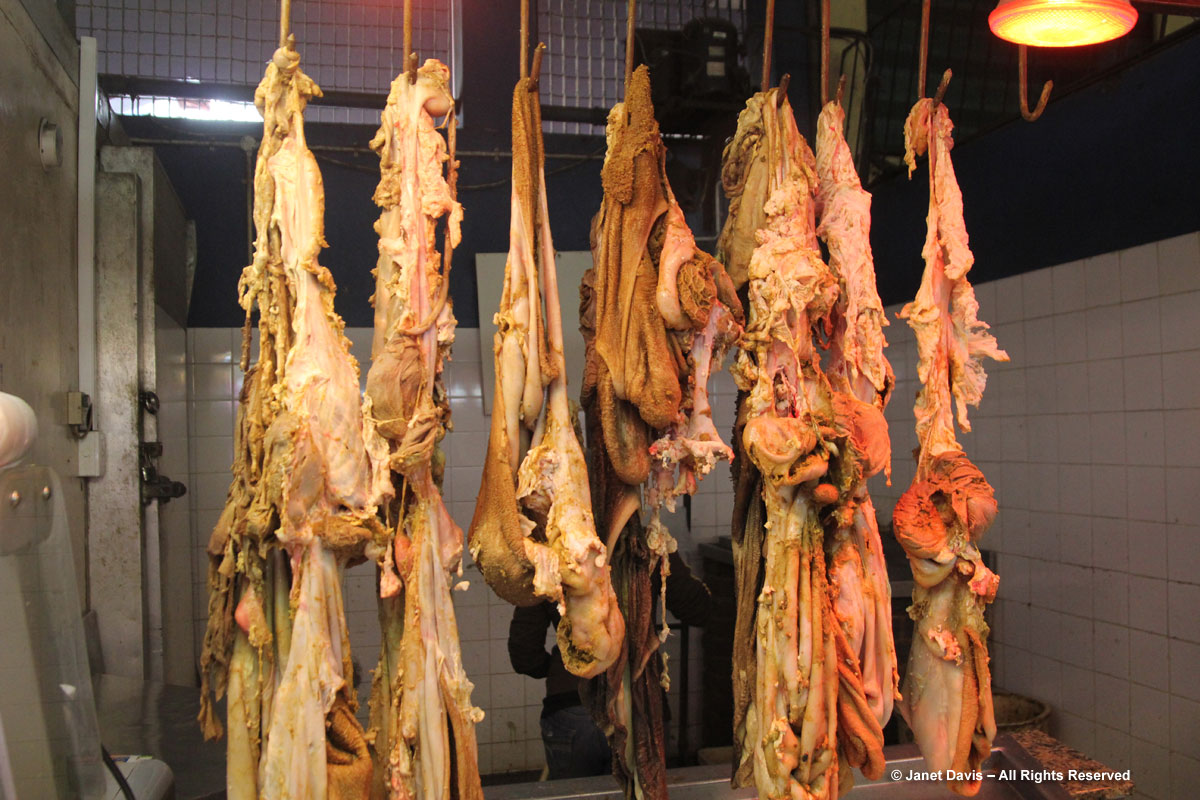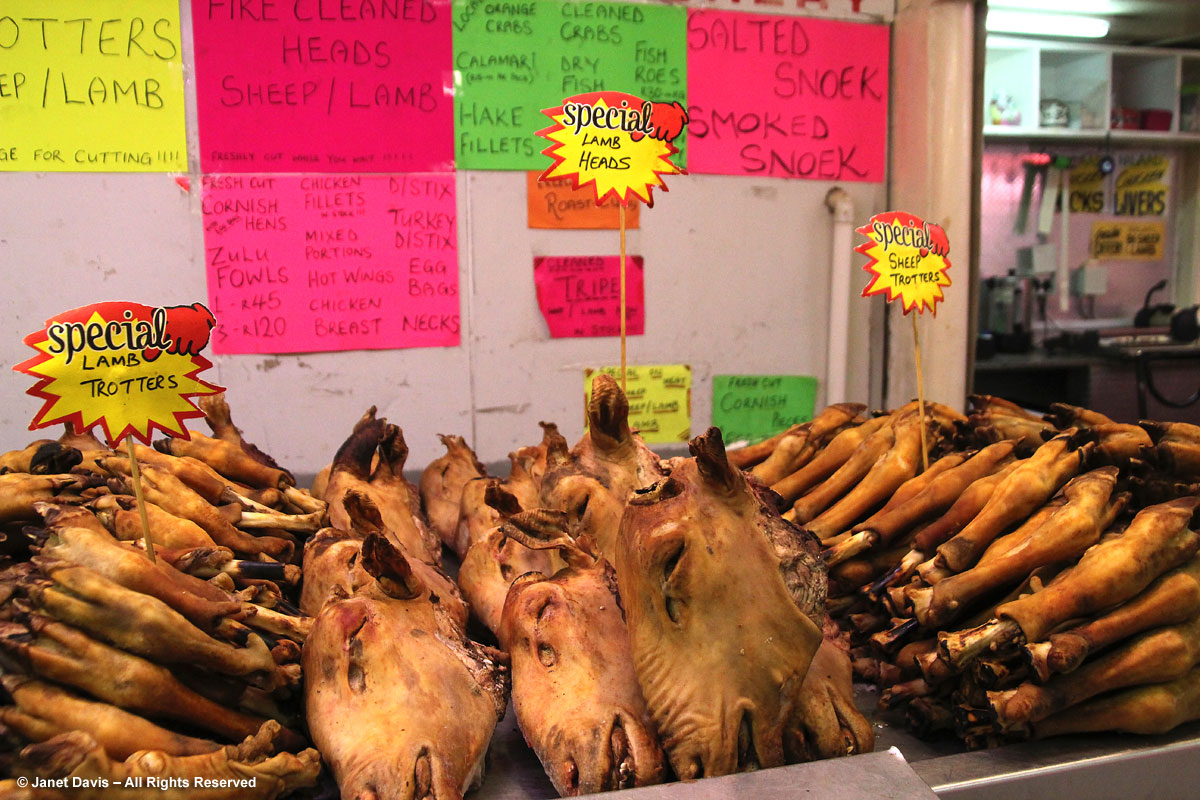Having flown from the Kruger Park area yesterday, we are now on Day 5 of our Garden Tour and here for a 2-day stay in Durban, the largest city in KwaZulu-Natal (KZN) province and the third largest city (2.786 million pop.) in South Africa, after Johannesburg (7.861 M) and Cape Town (3.431 M).
When we arrived yesterday, we drove into the Golden Mile Beach area over the mouth of the Umgeni River which starts 232 kilometres from here in the KZN midlands and flows out to the sea.
We also passed the Moses Mabhida Stadium, one of the stadiums built to host the 2010 FIFA World Cup. It occurs to me that it would be unlikely in North America to have a stadium named after a former Secretary-General of the Communist Party. He also had a long career with the ANC.
This morning, we open the curtains of the window here at the Southern Sun Elangeni & Maharani Hotel to look out on the spectacular beachfront that makes Durban a popular tourist destination. At one time, crime was an issue on the beaches but they are now regularly patrolled and reported to be safe, though the current is strong for swimming here. And you likely won’t be bothered by great white sharks, since nets are used to keep them at bay. It was Vasco de Gama, sailing off what is now Durban in 1497, who gave a name to the region. Because it was Christmastime, he called it Natal, which means Christmas in Portugese. That name stuck for the region, which was merged in 1994 with the neighbouring province KwaZulu to become KZN.
And there are certainly no sharks in the hotel’s lovely swimming pool……
But we have no time for beach-strolling or swimming, since we are off on a morning city tour beginning with the Durban Natural Science Museum. Founded in 1887, it is located at one side of City Hall, and features a lifesize model of Tyrannosaurus rex.
Though we’ve seen our share of live giraffes for the week, I do like this arresting display at the doorway to the museum.
We will see a number of these birds in the next few days.
I love this colourful display of South African butterflies.
And these leopards are amazing.
Given our face-to-face time with white rhinoceroses at Kapama Game Reserve, I am shocked at this display on rhinoceros poaching. The numbers have risen exponentially since 2008, when 83 rhinos were killed for their horns, which make their way to men in Vietnam. In 2013, 1,004 white rhinoceros were slaughtered in the name of primitive and superstitious medicine.
We make a short stop in the Durban Art Museum, also housed in City Hall. I am struck by the contrast in artistic interpretations of the “old” South Africa of the Boer War days, like this 1901 painting titled The Victoria Cross, by British war artist William Barnes Wollen.
…. and the painful birth of modern South Africa in the post-apartheid era, like this 1994 painting Inscribed by Rhetoric, by Lola Frost. In her artist’s statement, she writes: “My work is influenced by the socio-political landscape of South Africa. It questions the notion of liberation and freedom of expression. I looked at current issues that we face within society and also the governance of our country. The two figures represent the two sides of human kind; feminine and the masculine. The materials used represent the state of mind. A bandage may cover a wound, but there is always a mark left behind as reminder. The newspaper is a medium which informs and updates society on current issues that we’re faced with. If censored, the control of speech and other forms of human expression are affected and therefore it takes away from the notion of “progress and democracy”.
We walk to the front of City Hall to appreciate its architecture. It was designed and built in 1910 by Stanley J. Hudson, who was inspired by Belfast’s City Hall. At the time, it was considered “bold and progressive”.
Across the square is the general post office with its beautiful clock tower.
And, of course, there’s the obligatory statue of Queen Victoria, who gives her name to two intersecting streets here. I’m sure you can guess their names – but don’t try finding them on a Durban map because most European names have been changed, post-apartheid, to African names.
Though the area was inhabited by hunter-gatherers for at least 100,000 years, the town of Durban was established in 1824 by a small regiment of British soldiers, who arrived from the Cape Colony in the south. Accompanying the soldiers was an adventurer named Henry Fynn who befriended the Zulu King Shaka by helping him recover from a battle stab wound. To show Fynn his appreciation, Shaka gave him a “30-mile strip of coast a hundred miles in depth”. It was during an 1835 meeting of European residents in Fynn’s territory that the decision was made to build a capital and name it d’Urban after the governor of the Cape Colony. (Info from Wiki)
We pay a visit to the Victoria Street Market, also called the Indian Market, as many of the stall owners are of Indian descent. The market is known for its spices, and I buy saffron from a shop not unlike this one.
And I buy four traditional Zulu baskets, one for each of my children, from the lovely young woman at this shop.
Tobacco leaves are for sale here, too.
Outside, we cross over to the muti shop, and though our guide Deon has cautioned us not to take photos, the proprietor says it’s fine to do so. In fact, her customer, who appears to have a disfiguring eye affliction, quickly dons his sunglasses and gives me a sweet Hollywood smile.
The shop is crammed with every manner of herbs and grasses that would be used by traditional South African healers called sangomas. While it might sound like the old witch doctors of colonialist literature, sangomas are very much a modern notion as well. A grass like this one, says Deon, might be used to settle conflicts or even point the finger at a criminal. How does it work? Well, if it’s burned around a fire and the wind blows at you – yes you! – it could be very bad news. Strange but true…..
And then we take a walk through the food market. This is definitely not for the faint of heart, or vegetarians ……
And if you like tripe, you’re in luck!
Remember those “smileys” I talked about in my blog on William Kentridge’s garden and the sculpture of the woman with the brazier on her head made for Johannesburg during the World Cup? Well, here are the smileys along with assorted other lamp and sheep body parts. And you understand how they got that nickname, right?
Finally, it’s time to load our parcels into the bus and head out to the Durban Botanic Garden for lunch and a tour. Next blog.

